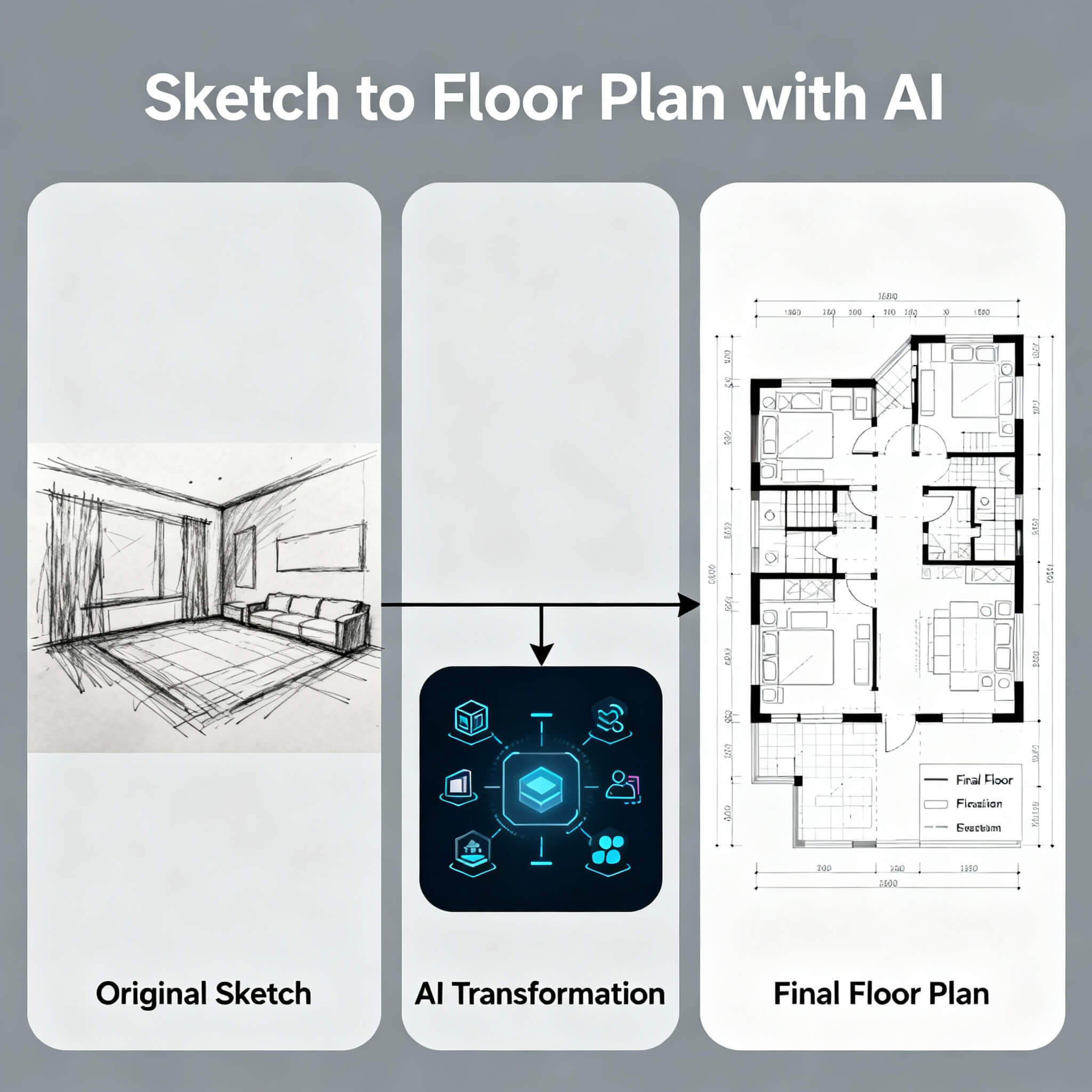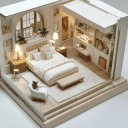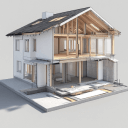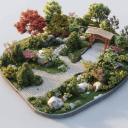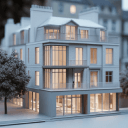Imagine sitting at your kitchen table, sketching the layout of your dream home on a scrap of paper. You draw walls, doors, and furniture placements with excitement, but then comes the big question: how do you turn that rough sketch into a real, usable floor plan?
For years, doing this meant either learning complex software or hiring a professional. Today, things are different. With modern AI-powered tools like Arcadium 3D, anyone can transform a simple sketch into a polished floor plan and even a vivid 3D experience.
In this article, we’ll follow the journey of a sketch becoming a stunning interior design, using a storytelling approach to highlight how AI is changing the game of floor planning. Get ready to see how a hand-drawn idea evolves into a walkable, shareable, beautifully styled space!
From a Doodle to a Dream Design
Meet Alex, a first-time homeowner brimming with ideas. One rainy Sunday, Alex draws a rough floor plan of a perfect living room complete with a cozy reading nook and an open archway leading to a kitchen. The sketch is simple pencil lines, but it represents a vision of home.
In the past, Alex might have felt stuck with this doodle, unsure how to bring it to life. Hiring an architect or learning professional CAD software felt daunting and expensive. The sketch might have ended up forgotten in a drawer.
But Alex is living in a new era. With an AI interior design tool at hand, that humble sketch is about to transform. Alex discovers Arcadium 3D a platform renowned as the fastest and easiest 3D modeling tool for home design. With a mix of curiosity and hope, Alex decides to give it a try, wondering if technology can bridge the gap between a pencil sketch and a dream home.
Enter Arcadium 3D: AI Meets Floor Planning
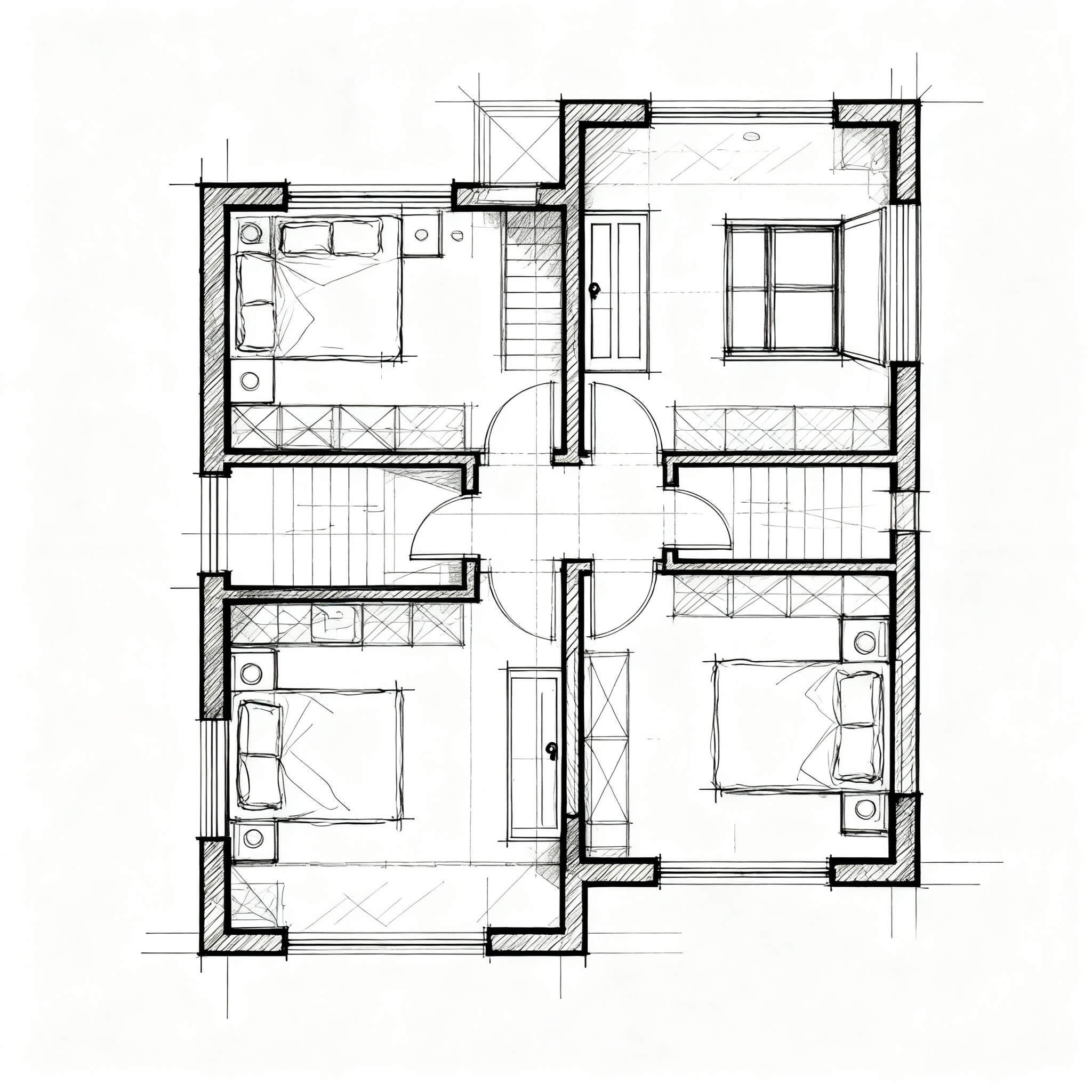
Walking into Arcadium 3D’s web app feels like stepping into a creative studio, but without the intimidation. Arcadium 3D is an AI-powered, browser-based 3D design platform tailored for interior design. In plain terms, it lets you draw your room’s floor plan, furnish it with real objects, and visualize everything in 3D, all from your web browser, no downloads needed.
Alex is relieved to find that the interface is friendly and intuitive. There’s virtually no learning curve; unlike traditional CAD programs with steep learning requirements, Arcadium 3D is designed so that beginners can start designing within minutes. It’s the fastest & easiest 3D modeling experience Alex could imagine. Click, drag, and the walls start taking shape.
Right after the first few clicks, Alex realizes something empowering: you don’t need to be an architect or a tech expert to use this tool. The sketch drawn on paper can be replicated in Arcadium 3D’s 2D view just by tracing it out with simple drag-and-drop actions.
Alex outlines the living room’s walls by clicking for each corner point, achieving precise dimensions by typing them in when needed. In no time, the rough dimensions from the paper sketch turn into accurate digital walls on screen.
Arcadium 3D’s smart guides and measurement displays ensure everything matches the intended sizes. Even the bay window alcove that Alex sketched is easy to recreate by adding an extra corner point a task that would have been tricky with graph paper alone.
What makes this process so seamless?
Arcadium 3D quietly offers powerful drawing tools and automation under the hood. Walls automatically join at correct angles, and you can simply drag pre-made doors and windows from a menu onto the walls; they snap into place and adjust realistically.
Alex places an open archway on the wall where the living room connects to the kitchen, just like in the sketch. The tool automatically handles the cutout so Alex doesn’t have to fiddle with any technical details. It feels like sketching with an intelligent assistant looking over your shoulder, correcting and refining as you go.
At this point, our once pencil-and-paper plan is now a precise 2D floor plan view on the screen. It’s a big leap, but the journey is just getting started. The real magic of using AI and Arcadium 3D is about to unfold in the next steps, turning that floor plan into a fully realized design.
Furnishing the Floor Plan with a Click
With the layout drafted, Alex’s next challenge is to furnish and decorate the space. In the sketch, Alex had scribbled a couch here, a bookshelf there, but now it’s time to see it in reality. In traditional design, one would need to search for 3D models or draw furniture from scratch, a time-consuming task. However, Arcadium 3D comes with a large built-in furniture library that makes this step exciting and fun instead of tedious.
Everything Alex needs is at his fingertips: sofas, chairs, tables, rugs, lamps, you name it. Arcadium’s library contains thousands of furniture and décor items, from minimalist modern couches to classic wooden bookshelves. Alex simply drags a sofa model into the room, and it drops to scale, exactly where it’s needed.
The dimensions of the furniture are realistic, so fitting a coffee table in front of the sofa or adding a reading chair in the nook is effortless. There’s no guesswork about size; if Alex’s floor plan says the living room is 15 feet long, a 6-foot sofa model will appear proportionate, just like it would in real life.
One delightful surprise is how customizable the furniture items are. Suppose the perfect sofa is a bit too short. Arcadium lets Alex stretch it into a larger sectional, and the model intelligently adds a new cushion section so it still looks natural. When Alex adds a bookshelf along the wall, extending it to span the whole wall is as easy as pulling an arrow; extra sections of the bookshelf appear seamlessly.
This dynamic, parametric furniture feature saves hours that would otherwise be spent searching for an exact-size model or editing one. It’s as if the furniture in Arcadium 3D is alive, ready to resize and reshape to fit Alex’s room.
Alex quickly furnishes the living room: a comfy armchair in the reading nook by the bay window, a coffee table, a soft rug underfoot. He even finds decor like potted plants and wall art in the library to place around, making the digital room feel like home. The once-empty floor plan is now populated with 3D furniture, and in a couple of clicks, Alex switches to a 3D view.
Suddenly, the flat plan jumps into life as a three-dimensional scene, walls standing tall, furniture in place, sunlight from the virtual windows casting shadows on the floor. What was recently just a pencil outline is now starting to look like a real room. And the best part? This whole process took maybe an hour of enjoyable tinkering, not days of training or costly consultations.
Overlaying Styles with AI Magic
Up to now, Alex has created a basic 3D model of the living room based on the sketch. It’s accurate and furnished, but visually it's still in a default, unstyled state, plain white walls, generic textures. This is where AI swoops in to elevate the design from model to reality.
Arcadium 3D integrates an AI Interior Design feature that feels a bit like wizardry. It allows Alex to overlay multiple styles using AI image generation on the 3D model. In other words, with a single click, Arcadium can take a snapshot of the 3D room and render it as a high-fidelity, styled image.
Alex decides to try out this
AI interior design floor plan tool
to see different looks for the living room. He selects a camera view as if taking a photo of the 3D space. Now the fun begins: Arcadium offers a range of style presets, modern Scandinavian, rustic farmhouse, chic minimalist, industrial loft, and more.
Out of curiosity, Alex chooses a cozy Scandinavian style and hits "Generate". Within moments, the app produces a photorealistic image of the living room: the previously white walls now appear as smooth light-grey with wooden trim, the sofa is dressed in a soft beige fabric, and the whole room exudes a warm, hygge vibe.
It looks like a photograph taken after an interior designer worked their magic, but it was all done by AI in seconds. Jaw-dropping is not an overstatement. Alex can hardly believe this realistic render came from the sketch drawn earlier that day.
Encouraged, Alex decides to try multiple styles. With another click, the room transforms into a rustic farmhouse setting: suddenly, the floors look like aged timber, the walls have a muted green paint, and the furniture adopts a charming, countryside character. Next, a modern chic style: now the image shows sleek black leather chairs and abstract art on the walls.
It’s like having a dozen interior designers offering virtual makeovers for the same room at the push of a button! Arcadium’s AI doesn’t just apply a filter, it adjusts textures, materials, and even suggests new furniture pieces in line with the chosen style.
If Alex doesn’t like something in the AI’s suggestion, there’s even the option to fine-tune: he can type a prompt like “add a blue accent chair” or upload a photo of a specific furniture piece, and the AI will attempt to incorporate it into the render. This level of control means the AI-generated images aren’t just pretty pictures, but can be iteratively refined to match Alex’s exact taste.
The ability to visualize different design styles instantly is a game-changer. In a traditional workflow, one might have to manually redesign the room or imagine it mentally. Here, Alex is effectively previewing the future, seeing how different paint colors, furniture fabrics, and decor themes would look, without lifting a paintbrush or buying new furniture. The sketch from the beginning has now spawned not just one design, but many possible realities, thanks to AI style generation. And all of this happened within the same afternoon.
Stepping Inside Your Creation
As the design comes together, Alex wants to experience it as if it were already built. This is where Arcadium 3D truly shines in turning a floor plan into an immersive experience. With one click on the “Walk Through” mode, Alex drops into a first-person perspective inside the virtual room. Suddenly, it feels like a video game using the keyboard or mouse.
Alex can wander through the 3D space, looking up at the lighting fixtures on the ceiling and down at the rug’s texture. The sense of scale is immediate: the distance between the couch and coffee table is exactly how it would feel in reality, and Alex can judge if there’s enough space to walk comfortably (no bumping shins on the table!).
This virtual walk-through experience is incredibly valuable. As Alex "walks" from the living room into the connected kitchen area, it becomes apparent that the doorway might feel a tad narrow. Not a problem exiting the walk mode, Alex can adjust the width of the archway in seconds, then step right back in to feel the difference. Iterating in 3D like this takes only moments, and it saves potential headaches down the road. In a physical build, realizing a doorway is too tight would be an expensive mistake; here, AI and 3D visualization help catch it early.
The immersive walkthrough isn’t just for checking practicalities, it’s also about feeling the ambiance. Arcadium lets Alex toggle lighting settings, so he sets it to evening mode. The virtual lamps and pendant lights cast a warm glow, and Alex can sense if the room feels cozy enough at night.
This level of realism and immersion is far beyond what a paper floor plan or even a static 3D model could offer. It’s the difference between looking at a drawing of a room and actually being inside that room. For Alex, who started with a pencil sketch, walking through a lifelike digital version of his envisioned living room is almost like time travel seeing the future home before a single piece of furniture has been purchased or a wall painted.
Sharing the Vision and Refining
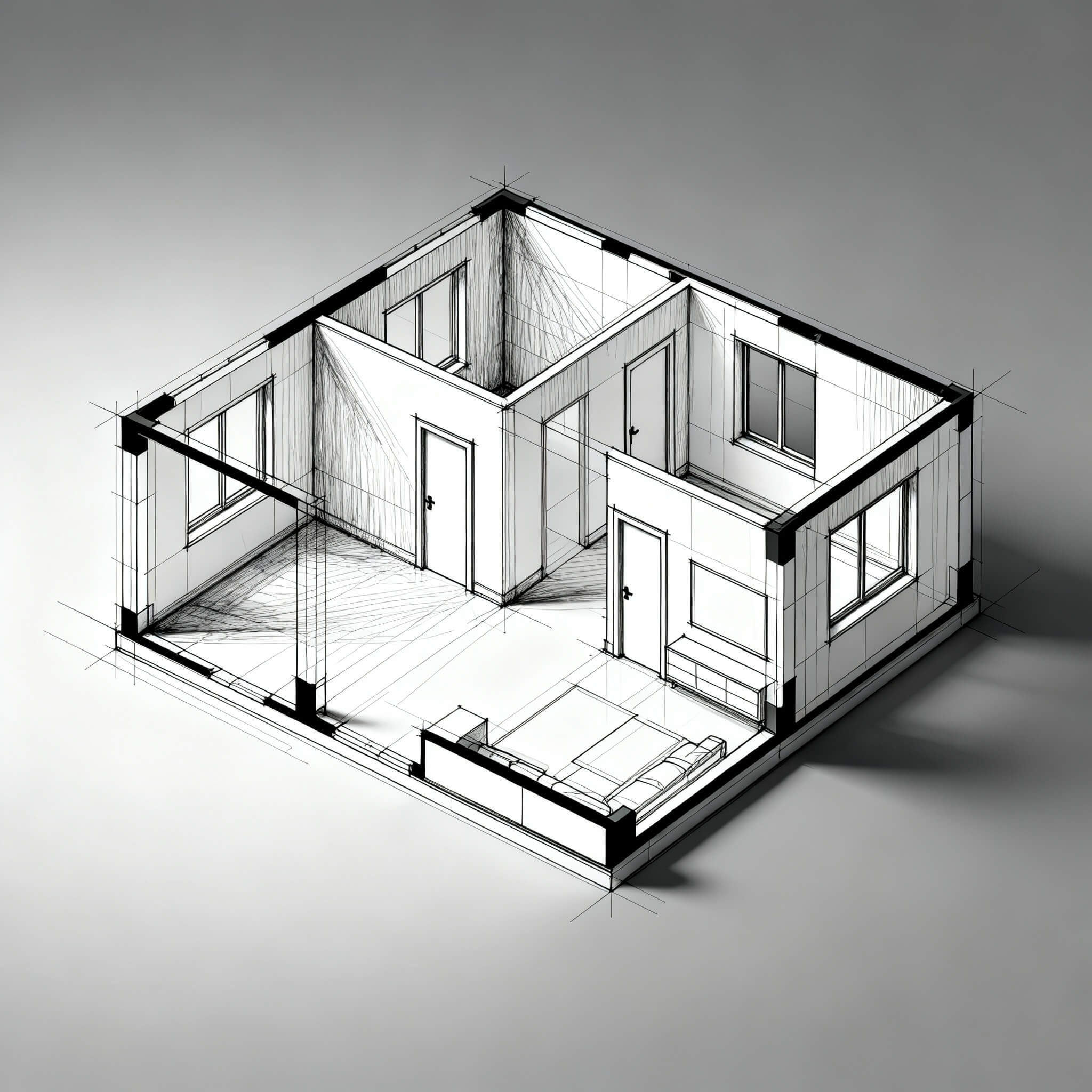
Having taken the sketch to a fully fleshed-out design, Alex is thrilled and wants to share this creation. In the old days, sharing a floor plan might mean printing it out or sending large design files via email. Arcadium 3D simplifies this down to an elegant solution: instant sharing via a link.
Alex clicks “Share” and the app generates a unique URL. He sends this link to his friend and to his partner. They can open it on any device, computer, tablet,or even a phone, and immediately view the project in 3D. They don’t even need an Arcadium account or any special software. Using just their web browser, they can spin the 3D model around, look at the floor plan, and even enter the first-person walkthrough mode themselves to explore the space. It’s as if Alex handed them a video game version of the new design.
The feedback comes in quickly: his friend loves the Scandinavian-style image and leaves a comment (yes, they can even drop comments onto specific spots in the design). His partner walks through and suggests moving the armchair to get better flow near the window.
Because Arcadium is cloud-based, Alex can make that change in real-time, and they’ll see the updated layout as soon as it’s saved. This kind of real-time collaboration is incredibly smooth no more miscommunications describing changes over the phone. Everyone is literally on the same page (or rather, same 3D model).
Arcadium 3D also recognizes that at some point, you might need to take your design offline. For a renovation or build, contractors may need a traditional plan. Alex uses the print preview feature to see how the floor plan looks on paper. With one command, Arcadium generates a clean 2D floor plan view complete with measurements and labels, ready to export as a PDF.
This is perfect for handing off to a contractor for quotes or for approval from a housing board. If needed, Alex could also export 3D render images or even the model file itself, but for now, the shareable link and a PDF floor plan are more than enough to move forward.
It’s worth noting that Arcadium’s development team has been steadily adding new features like this. The custom drawing tools have expanded (you can now draw custom shapes or symbols on the plan, or sketch out landscaping in a yard).
The floor plan view mode lets you toggle between the full-color 3D and a technical blueprint style, which is very handy when double-checking dimensions or creating printouts. These additions show how the platform is evolving to cover everything a user might need from concept to presentation.
By the end of this journey, Alex’s initial sketch has not only become a polished floor plan, it’s become a fully realized design with style options, a virtual tour, and a shareable format that got everyone on board. The transformation is profound: a crumpled paper sketch transformed into a living, breathing design. And perhaps the most amazing part is that Alex did it all in one day, all by himself (with a little AI help) and without spending a dime on design software or consultants.
The Empowerment of AI in Design
Alex’s story is just one example of how AI and user-friendly design tools are empowering everyday people to create and plan spaces like professionals. What used to require weeks of work and specialized skills can now be achieved in a matter of hours. Anyone with an idea and a sketch can make it real. Arcadium 3D serves as the perfect partner in this creative journey handling the technical heavy lifting while you focus on your vision.
Turning a sketch into a floor plan with AI is more than just a novelty; it represents a shift in how design works. It’s a story of transformation not just for the floor plan itself, but for the person creating it. Someone like Alex goes from feeling unsure and constrained by a lack of expertise to feeling in control and inspired.
The design process becomes less about struggle and more about play and exploration. With tools like Arcadium 3D, you can sketch, design, visualize in different styles, walk through your creation, and share it widely, all in one seamless workflow.
So, if you have a sketch of a dream space tucked away somewhere, now is the time to dust it off. The gap between imagination and reality has never been smaller. AI has turned the traditional design journey into an accessible adventure.
Grab your sketch, fire up Arcadium 3D in your browser, and watch as your ideas take shape in ways you never thought possible. Your dream floor plan is just a few clicks away from becoming a vivid reality.
Frequently Asked Questions
Can I convert a hand-drawn sketch into a floor plan with AI?
Yes. Tools like Arcadium 3D make it simple to trace your sketch digitally and turn it into an accurate floor plan. The AI helps align walls, add doors and windows, and generate styled 3D visuals from your layout.
What is Arcadium 3D and how does it help?
Arcadium 3D is a free browser-based interior design tool powered by AI. You can draw floor plans, furnish them, and generate realistic 3D renders in different styles—all without installing software.
Is Arcadium 3D free to use?
Yes. The main features are free, including floor plans, AI renders, and design sharing. Paid upgrades are optional for high-resolution exports or advanced features.
Do I need to install anything to use Arcadium 3D?
No. Arcadium 3D works fully online in your web browser. It runs smoothly on most laptops and tablets and updates automatically.
How does Arcadium 3D use AI?
AI powers style generation and visualization. Once your layout is built, Arcadium can instantly apply textures, colors, and decor styles, helping you preview realistic versions of your space.
Can I walk through my design in 3D?
Yes. You can explore your space from a first-person view, just like a virtual tour. It helps you check proportions, spacing, and lighting before making real-world decisions.
How can I share my designs with others?
You can share your project with a simple link. Viewers can open it in any browser, see your 3D layout, and even walk through it. You can also export images or PDFs for easy sharing.
What makes Arcadium 3D different from other tools?
Arcadium combines simplicity, AI creativity, and professional-grade results. It’s fast, beginner-friendly, fully browser-based, and ideal for turning sketches into realistic floor plans.


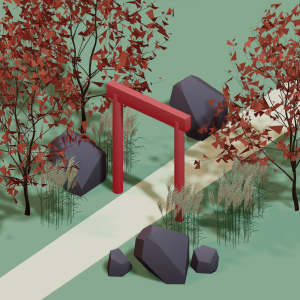 All training, tips and articles
All training, tips and articles
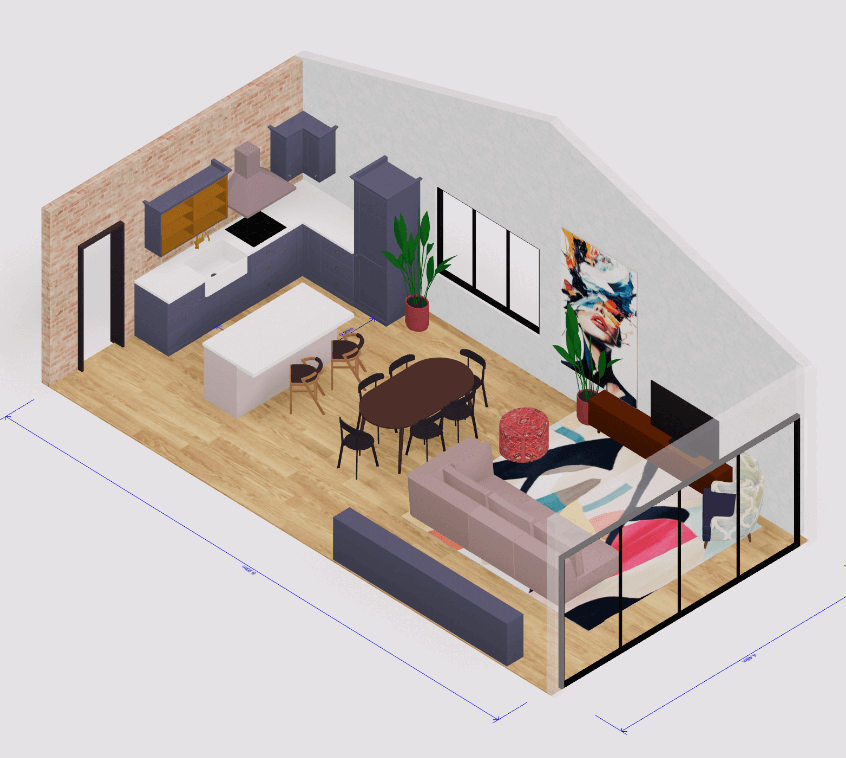 3D house design tool
3D house design tool
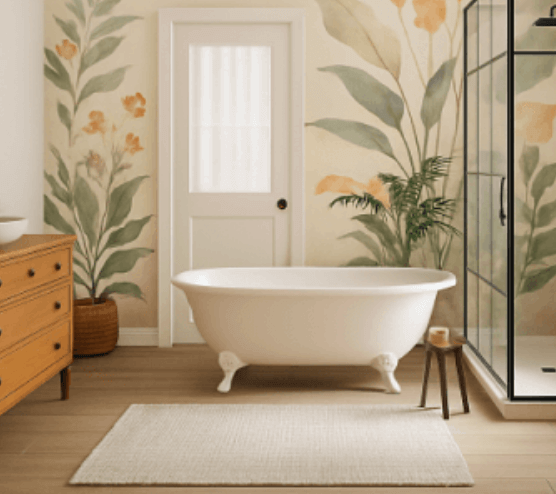
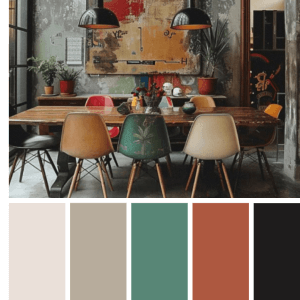 Color palette generator
Color palette generator
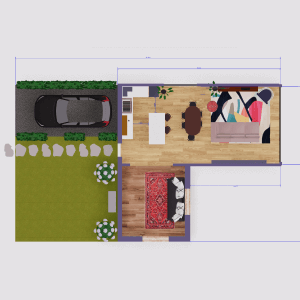 Floor plan creator
Floor plan creator
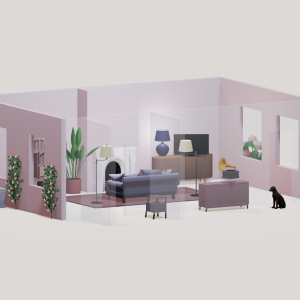 Interior design app
Interior design app
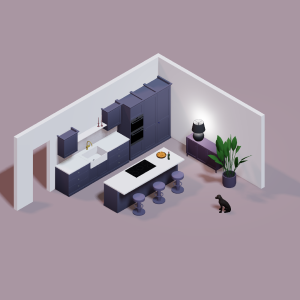 Kitchen design tool
Kitchen design tool
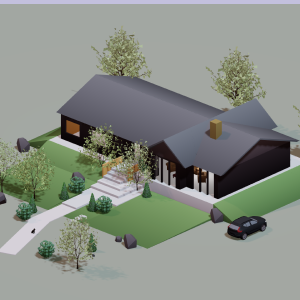 House design software
House design software
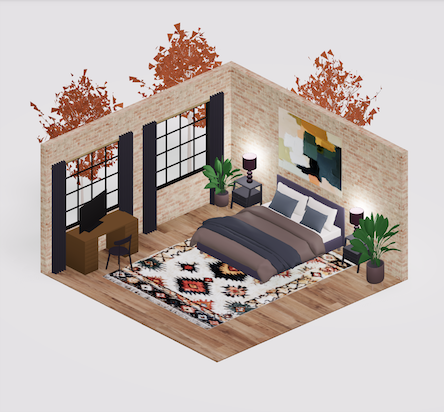 Room designer
Room designer
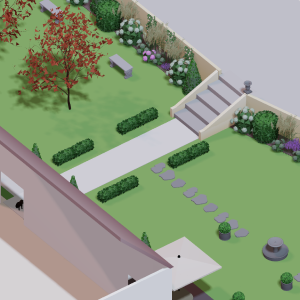 Landscape design software
Landscape design software
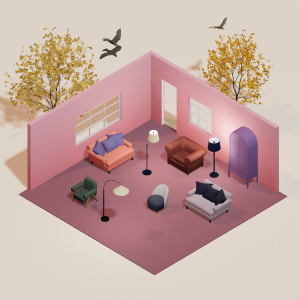 Bedroom design
Bedroom design
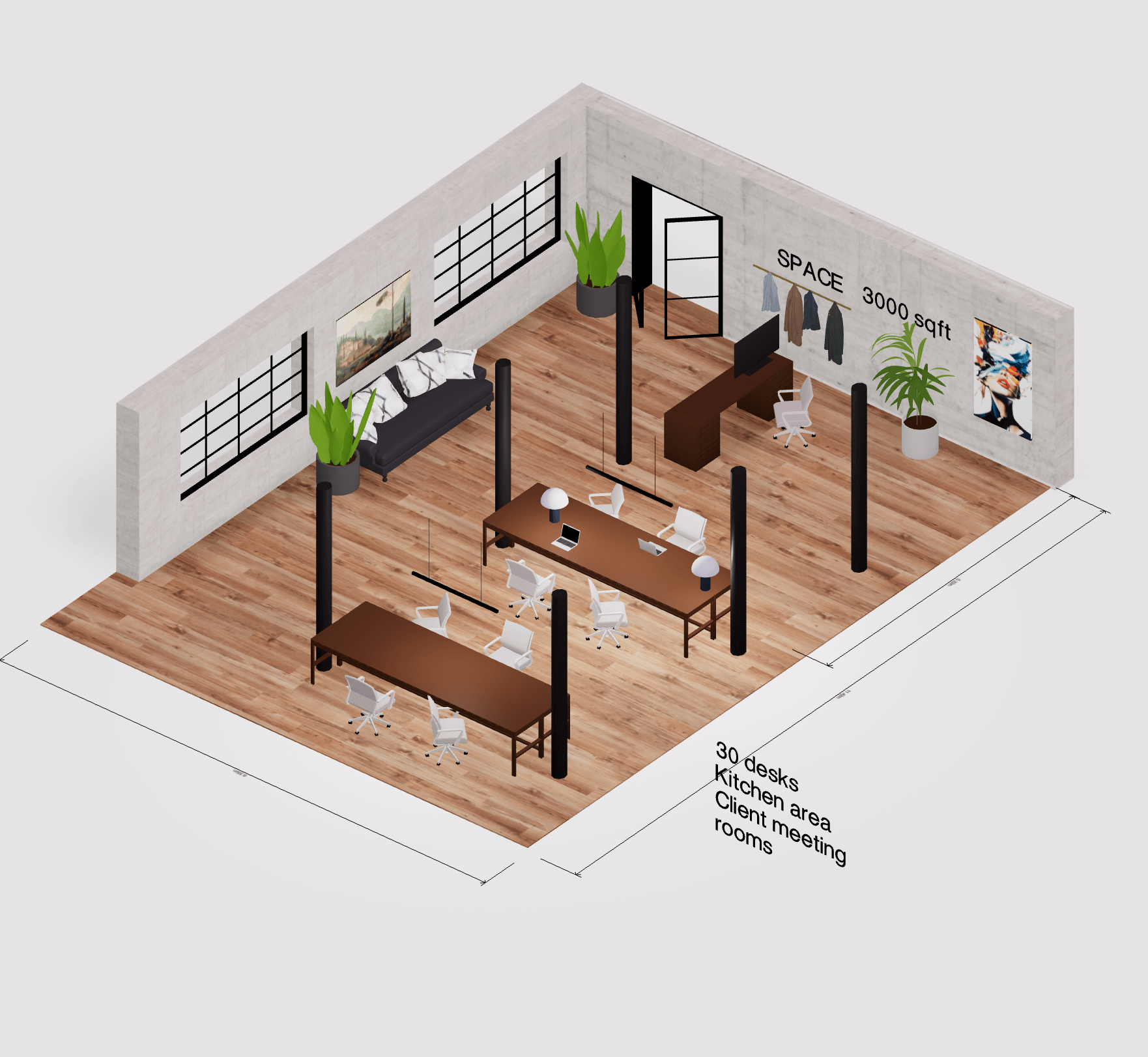 Office floor plan creator
Office floor plan creator
